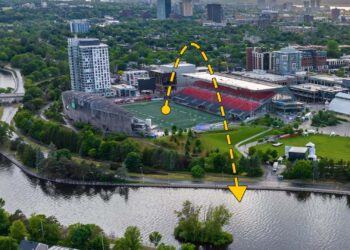Berlin, the capital city of Germany, is a vibrant metropolis known for its rich history, cultural diversity, and dynamic sports scene. The city is home to several prominent stadiums that host a variety of sports and events, each contributing to Berlin’s reputation as a sports hub. Here’s an overview of some of the notable stadiums in Berlin.
Lichterfelde Stadium
Location: Steglitz-Zehlendorf
Capacity: 4,300
Opened: 1926
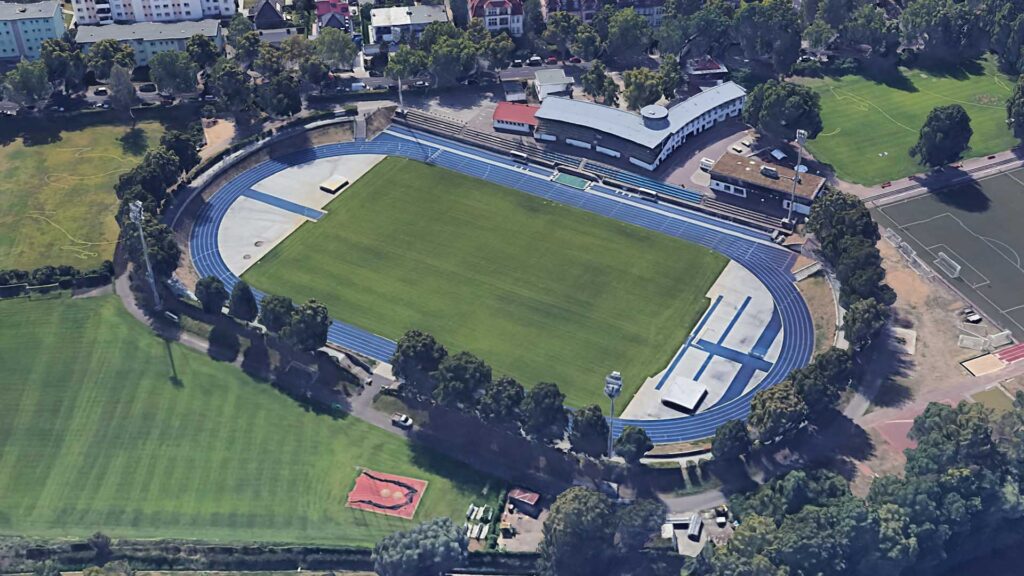
Lichterfelde Stadium is a smaller venue located in the southwestern part of Berlin. It is used for football, athletics, and other community sports events. The stadium is known for its charming, intimate atmosphere and is a crucial part of the local sports scene.
Friedrich-Ebert-Stadion
Location: Tempelhof-Schöneberg
Capacity: 15,000
Opened: 1951
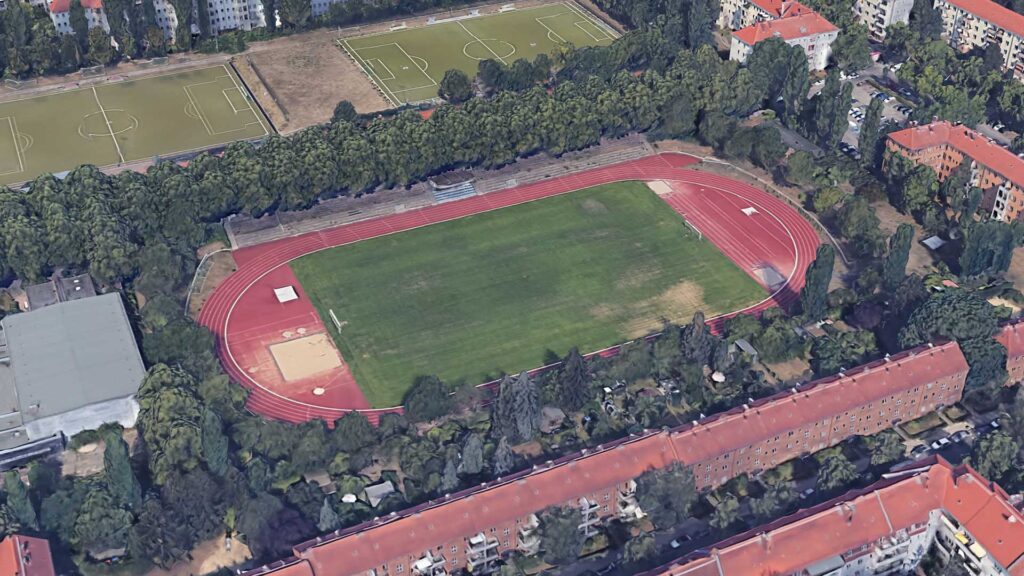
The Friedrich-Ebert-Stadion is another historic venue in Berlin, mainly used for football and athletics. Named after Friedrich Ebert, the first President of Germany, the stadium has a significant historical context. It hosts various local sports events and serves as a training ground for several sports clubs.
Stadion im Sportforum Hohenschönhausen
Location: Hohenschönhausen
Capacity: 10,000
Opened: 1954
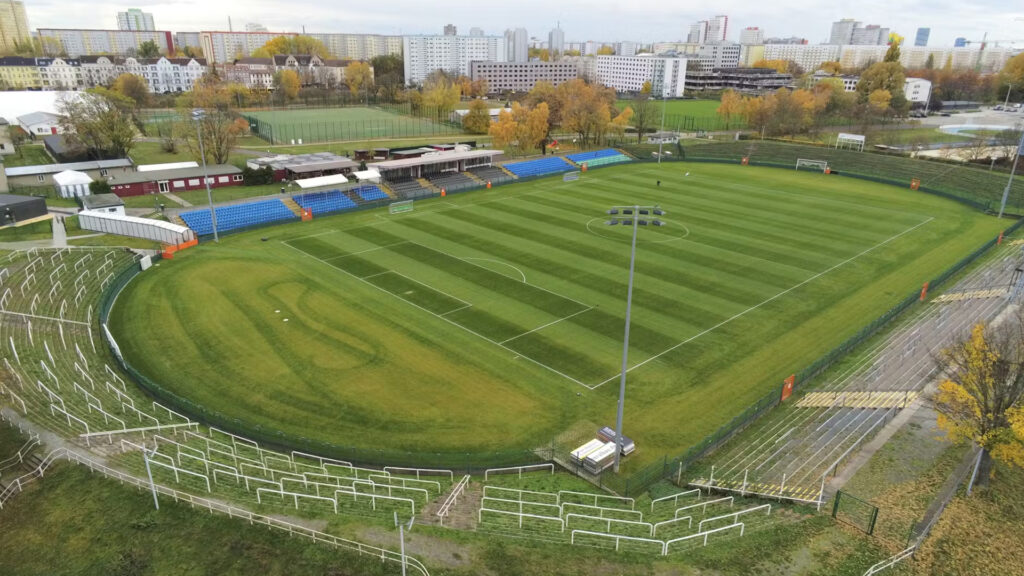
Stadion im Sportforum Hohenschönhausen is a multi-purpose sports facility primarily used for football and athletics. It is part of a larger sports complex that includes an ice rink, a velodrome, and various training facilities. The stadium hosts local football matches and athletic events, playing an essential role in the development of sports in Berlin.
Mommsenstadion
Location: Charlottenburg-Wilmersdorf
Capacity: 15,005
Opened: 1930
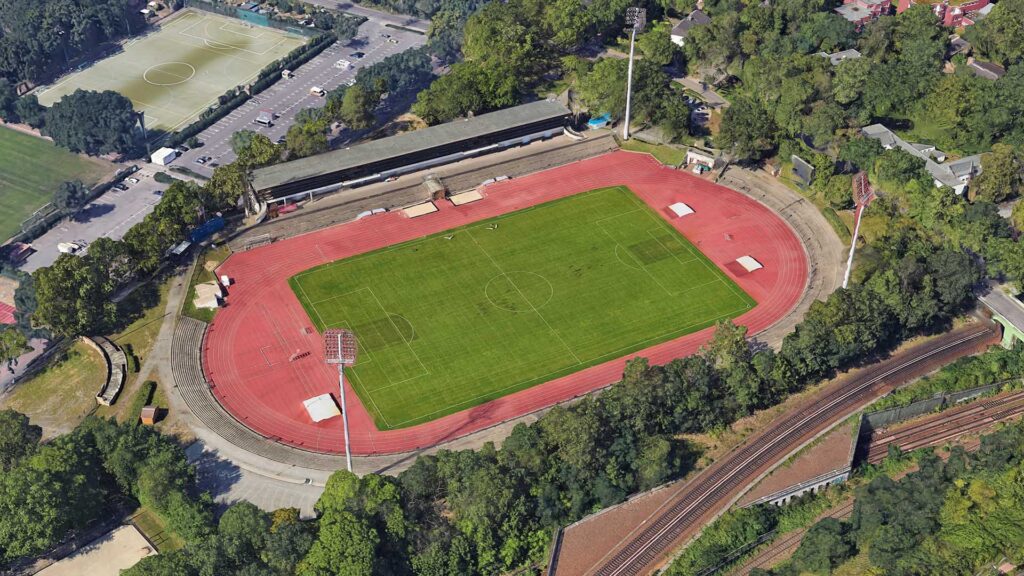
Mommsenstadion is a historic stadium located in the Westend district of Berlin. It primarily hosts football matches and athletics events. The stadium is named after Theodor Mommsen, a renowned German historian. It serves as the home ground for Tennis Borussia
Berlin and various amateur sports clubs. Known for its traditional charm, the Mommsenstadion offers an intimate setting for sports events, with a strong community feel and a significant place in Berlin’s sports history.
Friedrich-Ludwig-Jahn-Sportpark
Location: Prenzlauer Berg
Capacity: 19,708
Opened: 1952
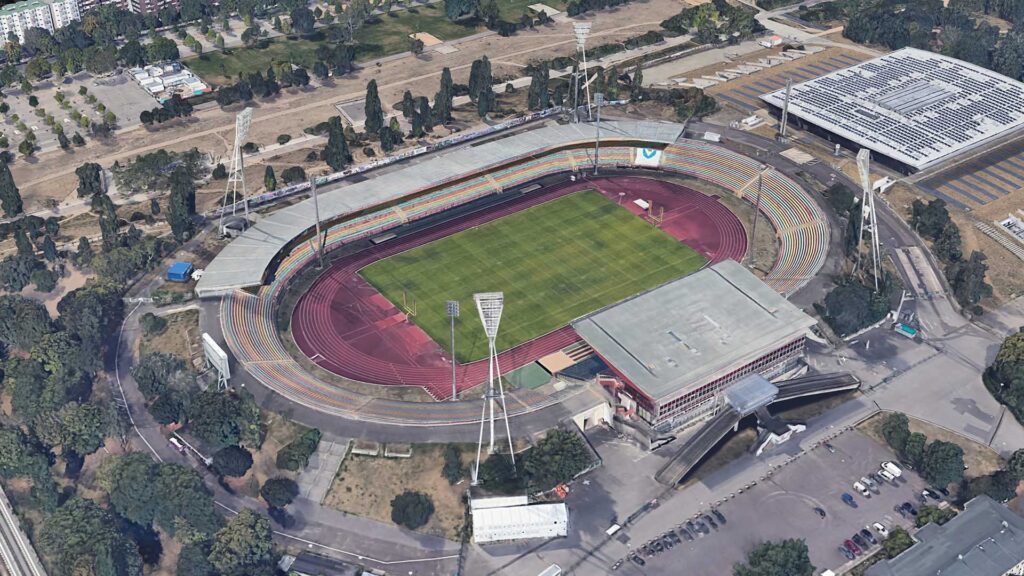
Friedrich-Ludwig-Jahn-Sportpark is a multi-purpose sports complex in Berlin. It is primarily used for football and athletics and serves as the home ground for various lower-division football clubs. The stadium is named after Friedrich Ludwig Jahn, a pioneer of modern gymnastics. The facility is undergoing redevelopment to modernize its infrastructure and improve its amenities, making it a versatile venue for a wide range of sports and events.
Stadion An der Alten Försterei
Location: Köpenick
Capacity: 22,012
Opened: 1920
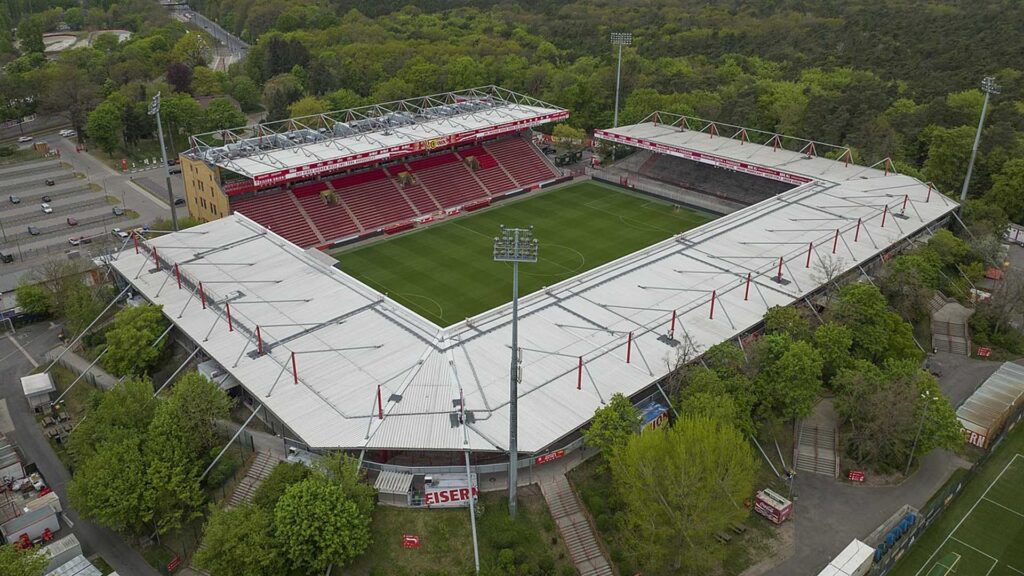
Stadion An der Alten Försterei is the home of 1. FC Union Berlin, a Bundesliga football club known for its passionate fan base. The stadium has a unique charm, with a blend of historical elements and modern features, making it one of the most atmospheric football venues in Germany. Recent renovations have increased its capacity and enhanced its facilities, ensuring a great matchday experience for fans.
Olympiastadion Berlin
Location: Charlottenburg-Wilmersdorf
Capacity: 74,475
Opened: 1936
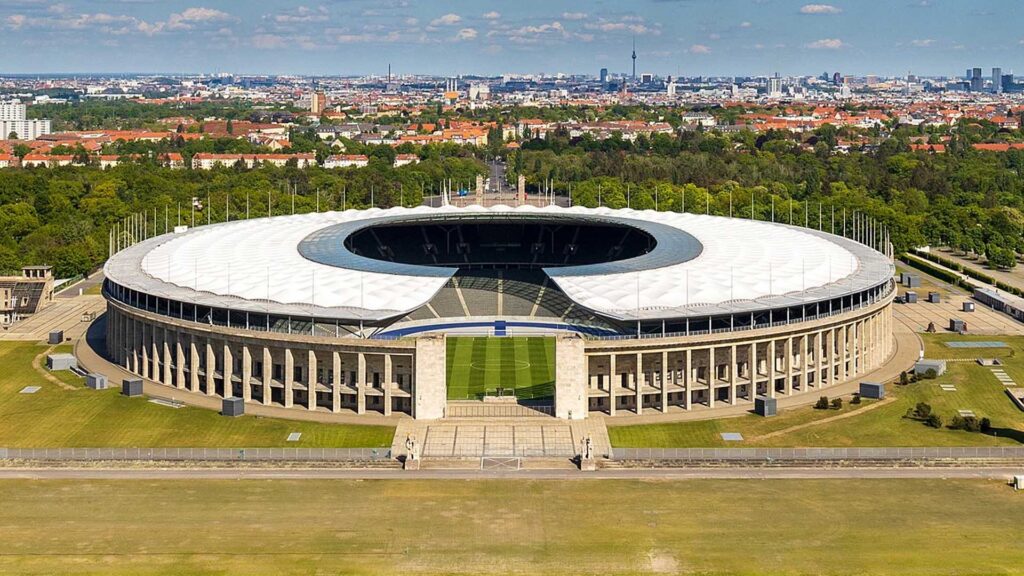
The Olympiastadion Berlin is one of the most iconic stadiums in the world. Originally built for the 1936 Summer Olympics, the stadium has undergone several renovations and remains a premier venue for sports and entertainment events. It is the home ground for Hertha BSC, a Bundesliga football club, and regularly hosts major events such as the DFB-Pokal final and international athletics competitions. The stadium’s historic architecture and modern amenities make it a must-visit destination for sports fans.



